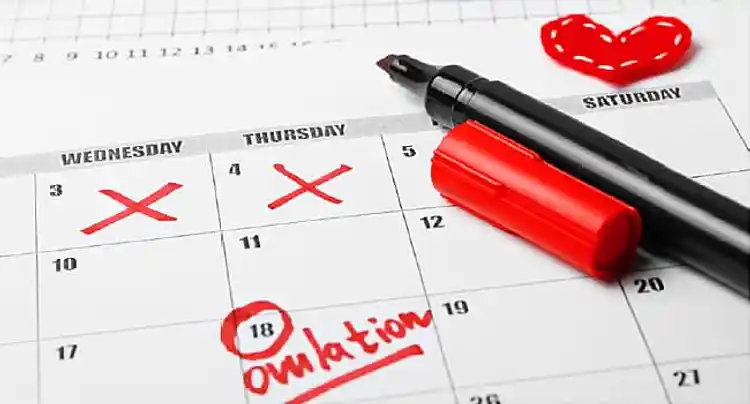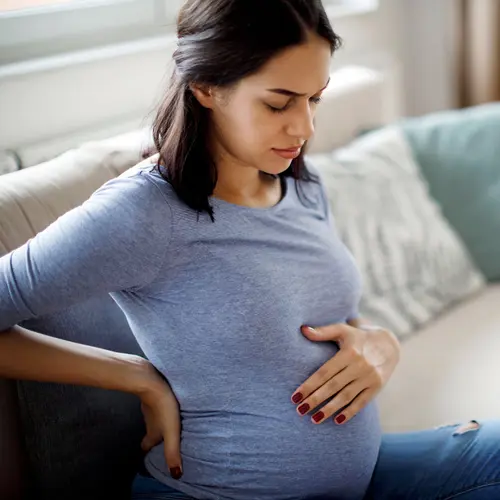Signs You're Fertile and Ready to Conceive

Hide Video Transcript
Video Transcript
SPEAKER
If you're trying to have a baby, it helps to know when you may be ovulating. That's when your ovaries release an egg that will travel into your fallopian tube so that it can be fertilized if sperm are there. It typically happens once a month. Timing sex with ovulation increases your chance of getting pregnant. Tracking your periods can give you a sense of when you'll most likely be ovulating. You can also keep an eye out for these signs. Every woman's different, though, and some don't have any symptoms. When your cervical fluid gets more clear and stretchy and you can see vaginal discharge with an egg-white consistency, that's a sign you could be ovulating soon. Ovulation usually happens on the day where you have the most fluid. As you get closer to ovulating, your body temperature when you wake up in the morning may start to go down. But when you're ovulating, your temperature may go up slightly. By tracking your morning body temperature over several months, you may be able to predict when you're about to ovulate. You're more likely to get pregnant two or three days before your temperature goes up. Calendars and apps can help you keep track. Things like cramping, breast tenderness, and feeling bloated are signs your body's preparing to ovulate. But they can't really indicate the best day. That's because they can happen throughout your cycle. Ovulation kits can help you pinpoint the day you're most likely to get pregnant. By paying attention to your ovulation signs and tracking them over time, you'll be able to tell when you may be ready to conceive. 
